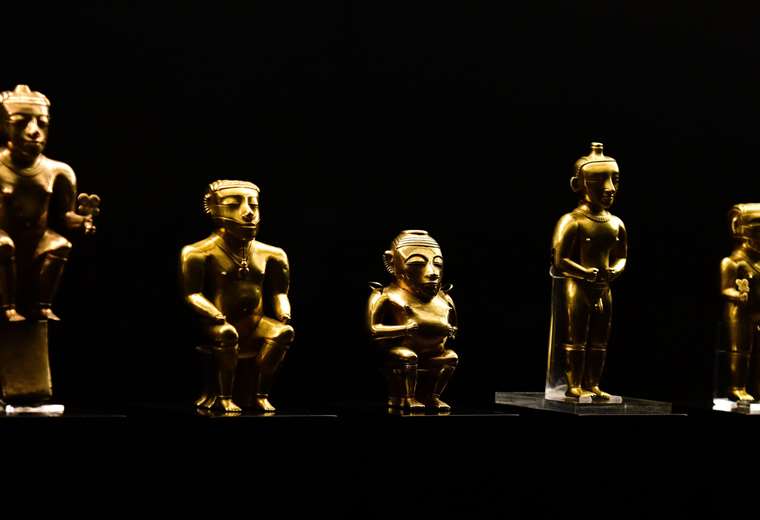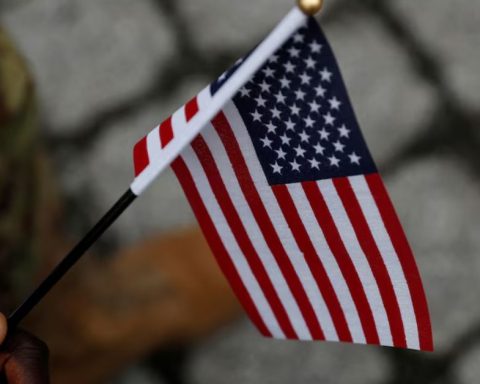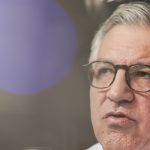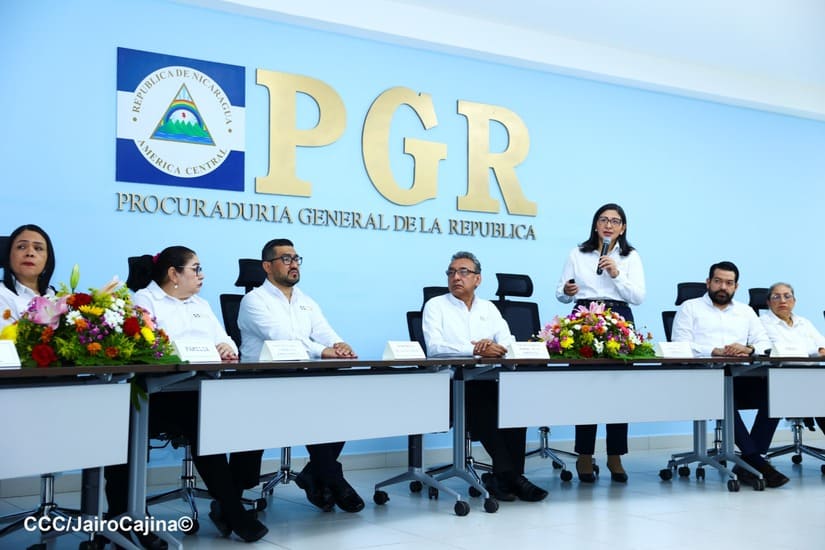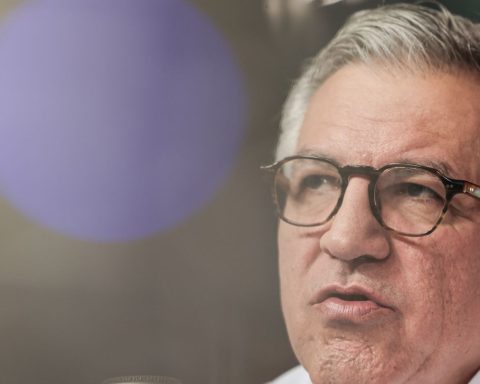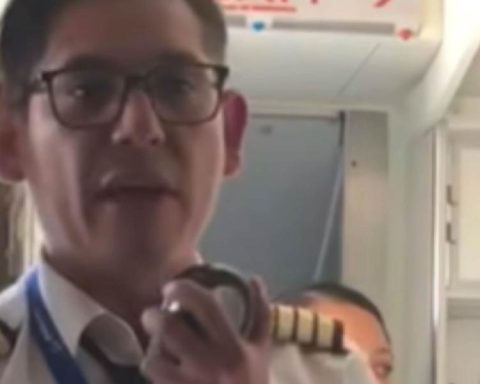May 18, 2024, 9:02 AM
May 18, 2024, 9:02 AM
The Quimbaya treasure is one of the most emblematic collections of pre-Hispanic goldsmithing. It is a window into Colombia’s remote past, and also the subject of a recent dispute.
On May 9, the government of Colombia asked the government of Spain to return to the country this collection of pre-Columbian pieces known as the Quimbaya treasure.
A letter signed by the Colombian Minister of Culture, Juan David Correa, and the Foreign Minister, Luis Gilberto Murillo, argues that the return of the pieces to Colombia would claim the cultural sovereignty of the country and would be in line with the policy of “decolonization of museums” which the Spanish government announced in January of this year.
BBC Mundo contacted the Spanish government to request their comments on the Colombian petition, but did not receive a response.
The treasure that currently rests in the Museum of America in Madrid they make up 122 pieces of goldsmithing (gold and gold and copper alloys) dating from between the 4th and 7th centuries.
The collection was given away in 1893 to the then queen regent of Spain, María Cristina of Habsburg-Lorraine, by the Colombian president at that time, Carlos Holguín Mallarino.
Holguín himself, in the letter in which he offered the donation to the crown, described the collection as “the most complete and valuableall of the finest gold, from the industry of the aborigines of Colombia”.
The reason for the donation was “as a token of our gratitude for the service he provided us by serving as arbitrator in our dispute with Venezuela over border delimitation,” according to a document from 1891.
132 years later, Colombia claims the Quimbaya treasure, after the Constitutional Court concluded that The gift was made illegally.
“The return would mean something symbolically very important, an act of historical reparation with the native peoples of this country,” the Colombian Minister of Culture stated for BBC Mundo.
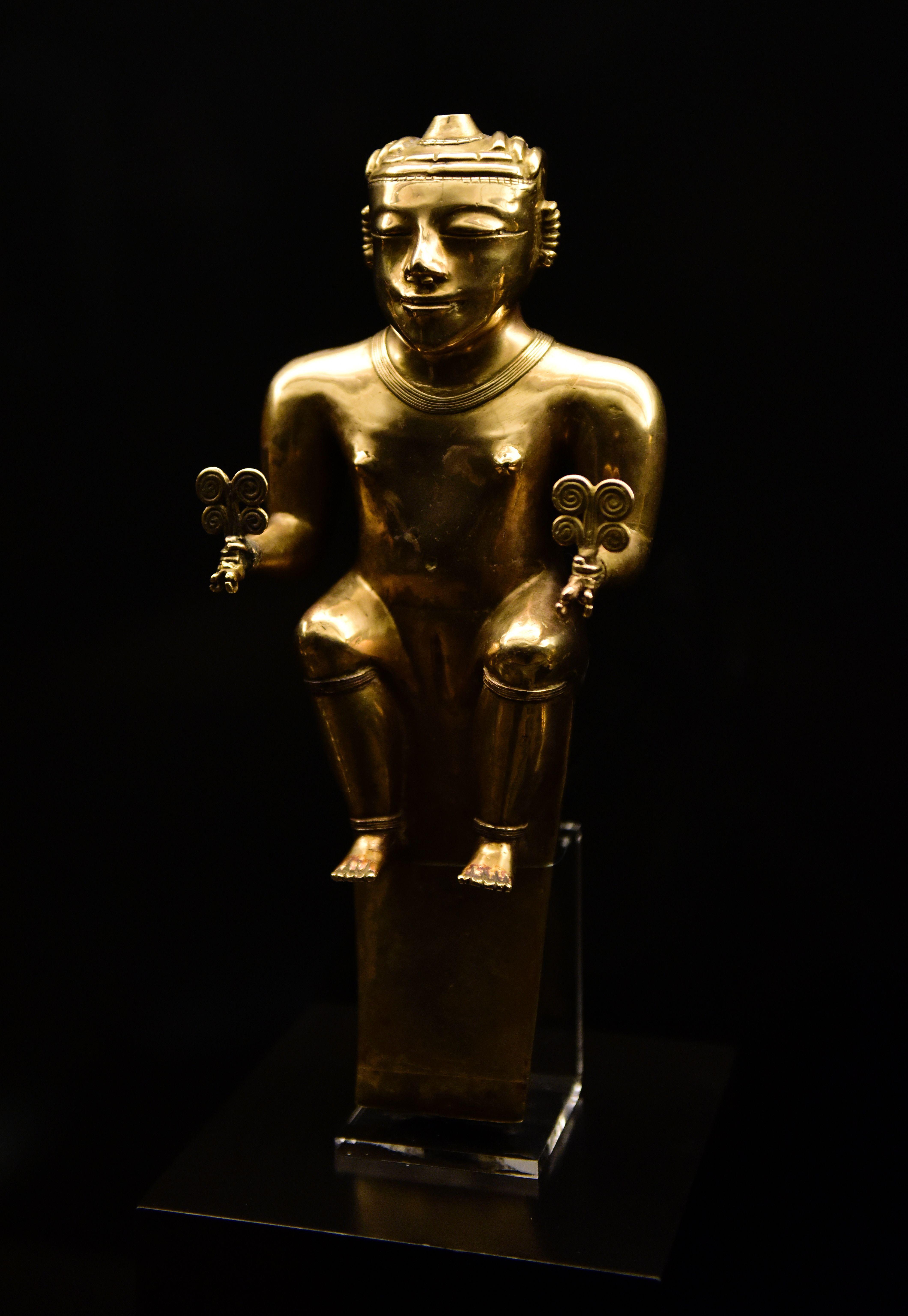
The “majestic” discovery
The Quimbaya treasure was found by local guaqueros in 1890 in two pre-Columbian tombs in the municipality of Finlanddepartment of Quindío.
According to archaeologists, guaquería – that is, the search for pre-Hispanic treasures for economic purposes – was by then a business that numerous families in Colombia were engaged in.
It was even protected by law, which established that all gold, silver and precious stones found belonged to whoever discovered them.
The 122 pieces that are preserved in Madrid today are less than a third of all those found in the tombs of Filandia, which included not only metalwork, but also ceramics, stones and textiles.
The pieces correspond, according to archaeologists, to the classic or early Quimbaya period, that is, they come from cultures much earlier than those found by the Spanish in the region in the 16th century.
Another 74 pieces from the collection are in a museum in Chicago, USA. And the whereabouts of several hundred more pieces from the treasure are not known with certainty.
The discovery of the Quimbaya treasure was described at the time as “majestic” and “filled the pages of the Colombian press,” according to documents from the archive of the Bank of the Republic.
Headlines at the time described it as a discovery of “priceless and fabulous value” and since then they highlighted not only its economic value but also its historical and artistic value.
Archaeologist Ana Verde, co-author of the book “The Quimbaya Treasure”, agrees that “this discovery must have been quite unusual and extraordinary and without a doubt exceeded the expectations of the huaqueros, merchants and collectors of the moment“.
After their discovery, the pieces aroused great interest among dealers and collectors, and were dispersed among many owners.
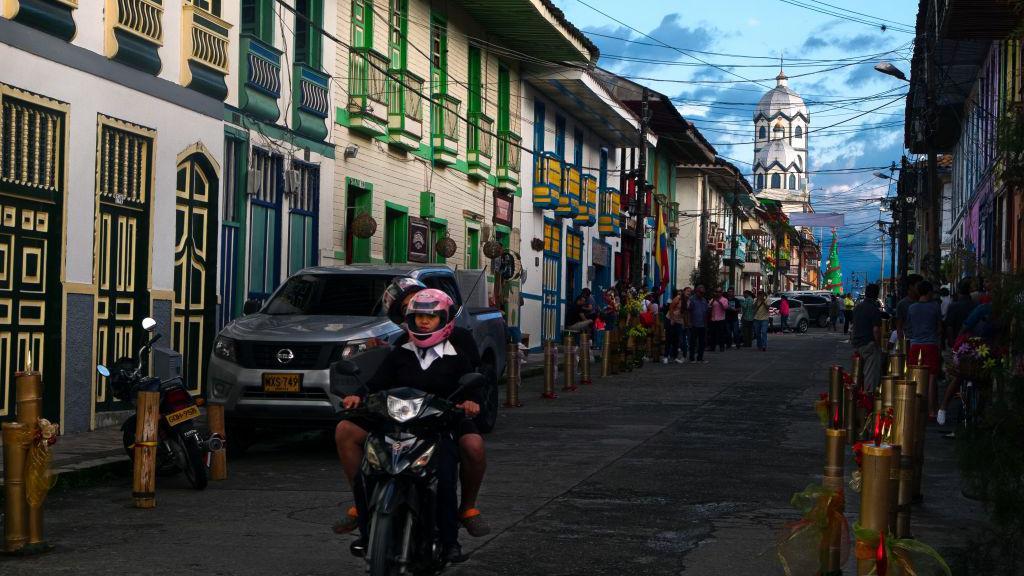
A generous gift
But in August 1891, the Colombian government purchased the entire collection, then made up of 433 objectswith the intention of taking it to a large exhibition that was being prepared in Madrid regarding the fourth centenary of the arrival of the Spanish to America.
Since then, the conservative government of Carlos Holguín Mallarino offered the collection to the Spanish crown as a “gift.” Several historical documents make it clear that it was a decision shrouded in secrecy.
In the words of the current Minister of Culture: “this gift in quotes was given in absolutely anomalous, secret conditionswith his back to the country, to the constitution of 1886, in an obtuse, rather unclear and illegitimate way.
On June 30, 1893, when the treasure had already been on display in Madrid for 8 months, the collection was officially handed over to Queen María Cristina of Austria.
The treasure was exhibited in the Spanish National Archaeological Museum since then and in 1941 it became part of the collection of the Museum of America, which is until today an institution dependent on the Ministry of Culture.
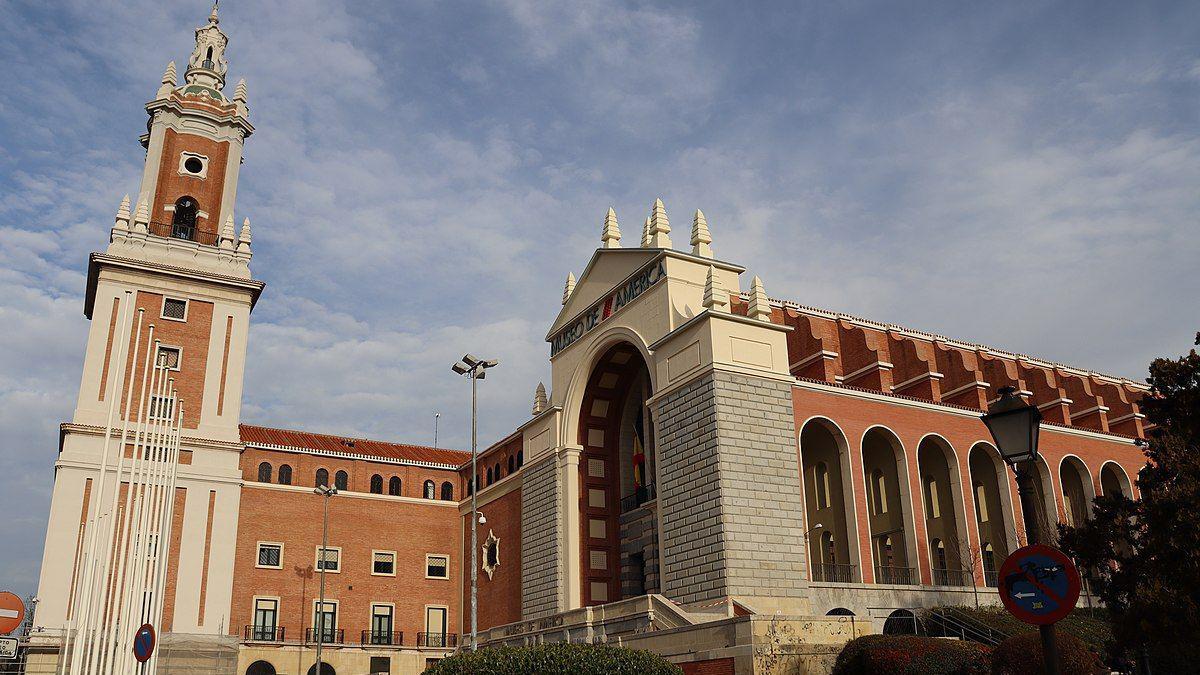
A long claim
Claim the Quimbaya Treasure It is a task that the Colombian government had pending since 2017by a decision of the Constitutional Court.
That Court ruled in favor of Colombian citizen Felipe Rincón, who argued in a 2006 lawsuit that President Holguín’s gift to the Spanish crown It was done illegally, because it was not approved by Congress as required by the constitution of the time.
The governments of Juan Manuel Santos and Iván Duque did not advance, however, in the claim.
Minister Correa explains that the return of the collection by Spain would be an act of reparation.
“No matter how much time has passed, We cannot forget the successive exterminations that Spain carried out in Americanot to produce acts of revenge or violence, but to produce acts of reparation,” he told BBC Mundo.
The Spanish state has not responded to the request.
In January of this year, however, the Spanish government had stated that “there is no doubt about the ownership or legality of obtaining” the Quimbaya treasure and that it “forms part of the collections of the Spanish State.”
At the same time, the Spanish Minister of Culture, Ernest Urtasun, who is also one of the recipients of the Colombian letter, announced a policy of “decolonization of museums.”
In an interview with the newspaper El País published in April, the director of the Museum of America expressed in this regard: “I am open to reviewing all cases, but Not all parts ordered have to be returned“.
And he added that criteria must be taken into account such as whether the obtaining of the pieces resulted from looting or abuse, which in his opinion is not the case with the Quimbaya treasure.
“One should not accept illegitimate gifts. And if you accepted them, it is good to think about returning them to who they belong to, which is not, in any case, to President Holguín but to the culture that was plundered without being consulted about this gift. “, he claimed.
The Colombian minister added that, if the collection is returned, it is being evaluated that it will become part of an archaeological museum in Pereira, about 30 kilometers from the municipality of Filandia, where the tombs were found.

And remember that you can receive notifications in our app. Download the latest version and activate them.
